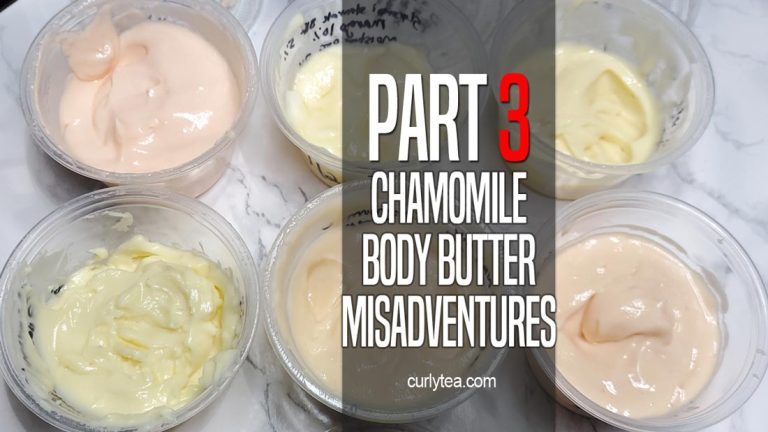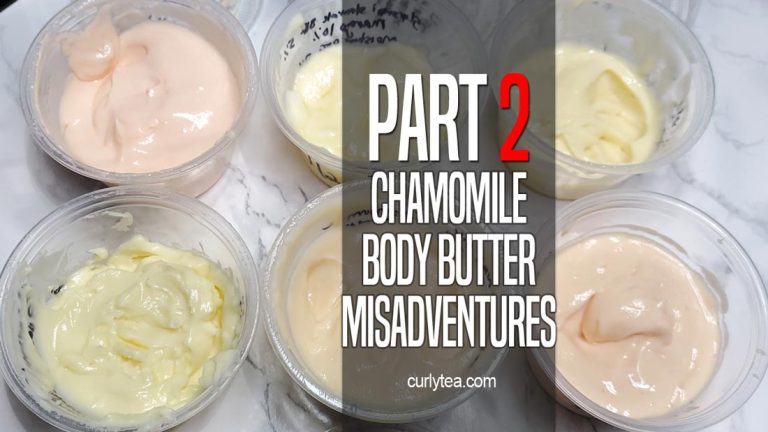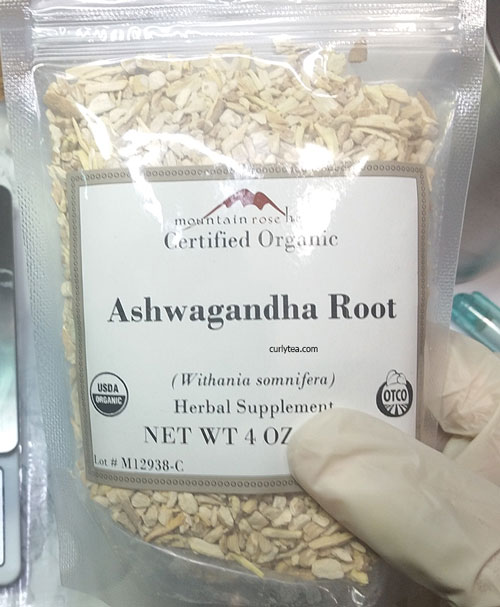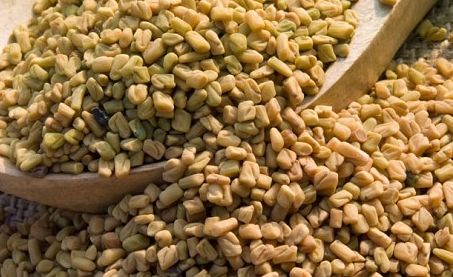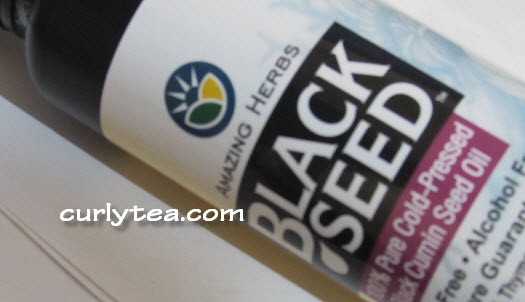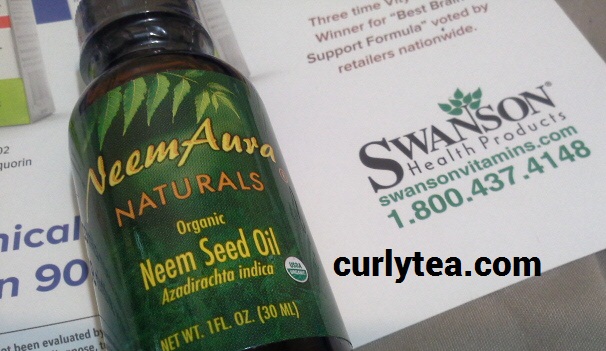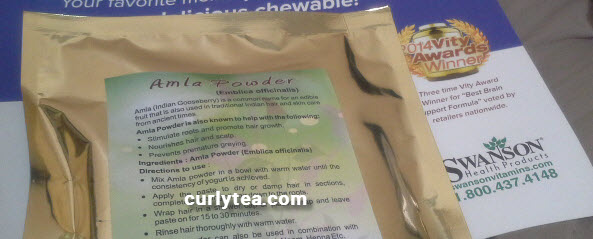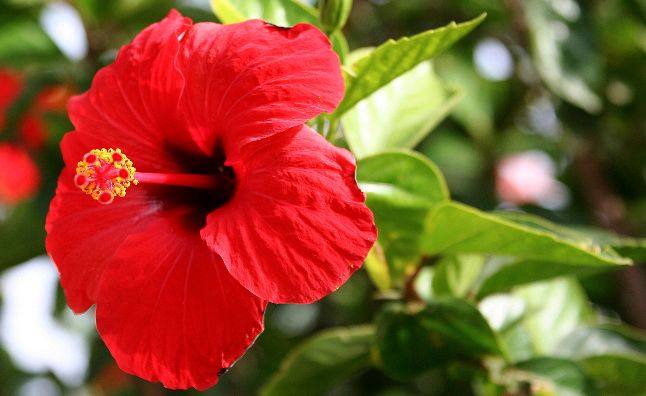
INCI: Carthamus tinctorius
Safflower oil is one of the first oils I found light enough for me to put directly on my face (in light doses) without breaking out.
For me that’s huge because almost no matter what type of store bought moisturizer I use on my face, I tend to get a bump(s) somewhere. That’s why I use straight oils.
I know, it seems backwards. But I’m telling you some of those drugstore and high end facial moisturizers either don’t do anything or are occlusive enough to get into my pores and break me out. For example, none of the products from Oil of Olay work for my face. I don’t know why, but they just don’t.
Safflower is one of my go to oils to keep some kind of moisture on my skin. I usually use a few drops of it at night because that’s all it takes for me.
Check out LanaBana2931 doing a safflower oil treatment (youtube)
Unrefined Safflower has a 2 year shelf life, according to mountainroseherbs.com. Its also high in oleic acid and contains linoleic acid.
Out of the bottle, high oleic Safflower oil has a ph of 4.19 (mountainroseherbs.com)
I like to use safflower oil mostly in hair concoctions. Safflower is not a heavy oil like Olive oil. It absorbs quickly so if you like a heavy shea butter type of feel in your hair, this may not be the one for you.
Safflower oil, like a lot of other oils, comes in different grades: one for making products and another for eating. Yes, you can actually use safflower oil (not the kind you typically buy at soap making places!) to cook with and get all of its good stuff in your diet.
There are some versions of safflower oil which are “high linoleic”. FNWL sells this version. According to their site, this version helps to “restructure skin” and is good for “balms, creams, and lip balm”.
Whenever you’re buying safflower oil, make sure its 100% safflower. Look at the ingredients and make sure its only ingredient is safflower.

Related:
http://www.fromnaturewithlove.com/soap/product.asp?product_id=OILSAFFL
http://www.mountainroseherbs.com/learn/oilprofile/safflower.php
 CURLYTEA
CURLYTEA

